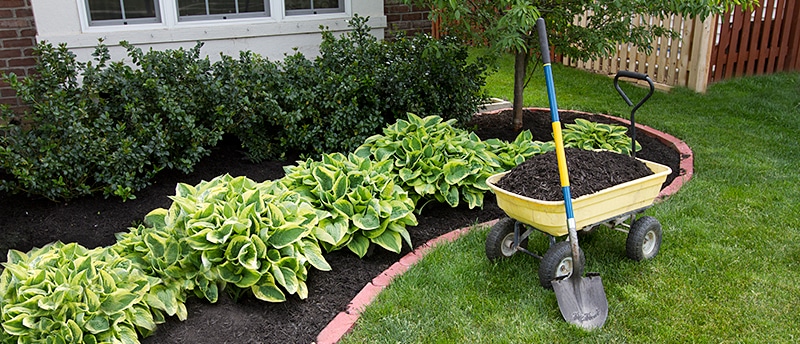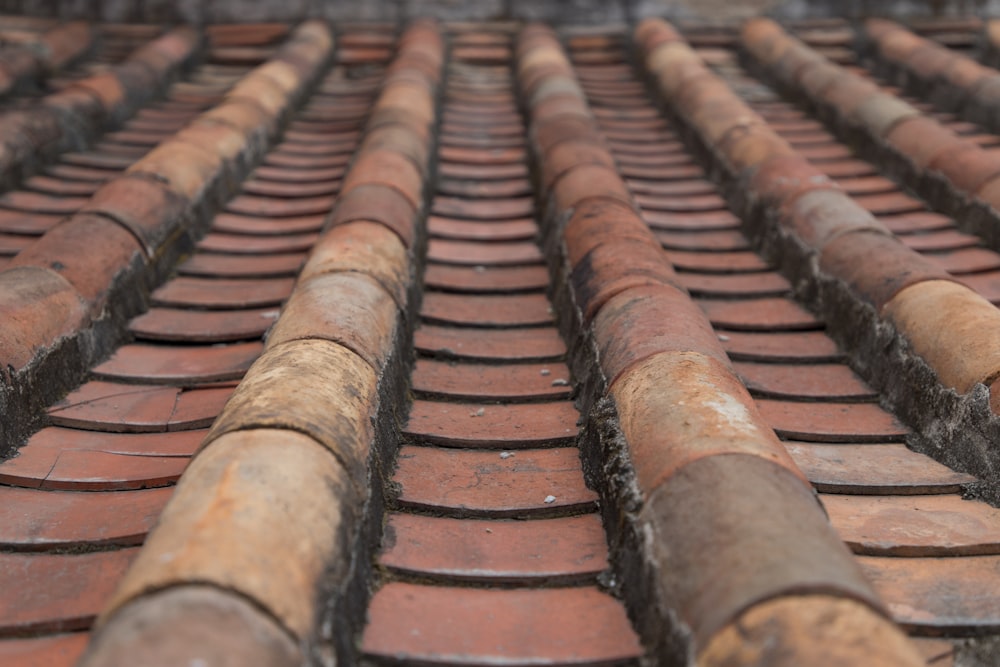
Essential Tips for Garbage Disposal Drain Maintenance
Maintaining a Healthy Garbage Disposal Drain System
Subheading: Understanding the Importance of Proper Care
When it comes to keeping your kitchen running smoothly, few things are as crucial as your garbage disposal drain. This often-overlooked appliance plays a significant role in managing food waste and maintaining a clean environment. However, many homeowners underestimate the importance of proper care and maintenance for their garbage disposal drains. By understanding the critical role they play and implementing effective care strategies, you can avoid common issues and ensure your kitchen remains functional and odor-free.
Subheading: The Consequences of Neglect
Neglecting your garbage disposal drain can lead to a host of problems that not only disrupt your kitchen routine but also pose potential health hazards. A clogged drain can result in foul odors, slow drainage, and even backups that can cause water damage to your kitchen. Additionally, neglecting maintenance can shorten the lifespan of your garbage disposal unit, leading to costly repairs or replacements down the line. By ignoring the importance of proper care, you’re setting yourself up for inconvenience and potential expense.
Subheading: Essential Maintenance Techniques
Fortunately, maintaining a healthy garbage disposal drain system doesn’t have to be complicated. With a few simple techniques, you can keep your drain clean, clear, and odor-free. Regular cleaning is key to preventing buildup and clogs. Running cold water while operating the disposal helps flush away debris, while grinding ice cubes and citrus peels can help freshen and clean the unit. Additionally, avoiding putting certain items down the disposal, such as grease, fibrous foods, and non-food items, can prevent clogs and damage.
Subheading: Troubleshooting Common Issues
Despite your best efforts, you may encounter occasional issues with your garbage disposal drain. Understanding how to troubleshoot common problems can help you address issues promptly and prevent them from escalating. If you notice a foul odor emanating from your disposal, try running a mixture of baking soda and vinegar followed by hot water to neutralize odors. For clogs or slow drainage, a plunger or plumbing snake can help dislodge debris and restore proper flow.
Subheading: Seeking Professional Assistance
In some cases, you may encounter issues with your garbage disposal drain that require professional intervention. Persistent clogs, unusual noises, or leaks may indicate underlying problems that need to be addressed by a qualified plumber. Attempting to repair complex issues yourself can result in further damage or injury, so it’s essential to know when to seek professional assistance. By addressing problems promptly and enlisting the help of a professional when needed, you can ensure your garbage disposal drain remains in optimal condition.
Subheading: Conclusion
Maintaining a healthy garbage disposal drain system is essential for the functionality and cleanliness of your kitchen. By understanding the importance of proper care, implementing essential maintenance techniques, and knowing how to troubleshoot common issues, you can keep your drain clear, odor-free, and operational. Remember to seek professional assistance for complex problems and address issues promptly to avoid costly repairs or replacements. With a little care and attention, your










